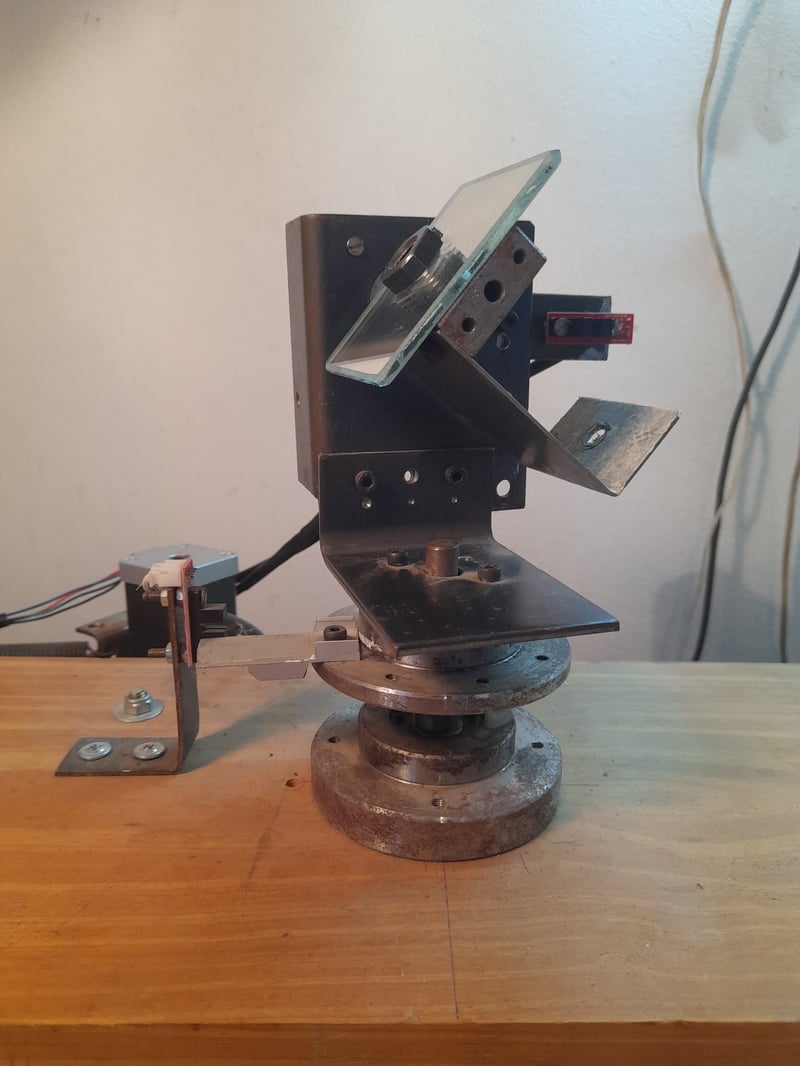In the ever-evolving world of software development, the convergence of artificial intelligence (AI) and modern programming languages is opening up unprecedented opportunities. Kotlin, with its concise syntax and interoperability with Java, emerges as a powerful language for backend development. When combined with the simplicity and robustness of Spring Boot and the innovative capabilities of AI, Kotlin becomes an unbeatable choice for building dynamic, intelligent applications. This post will walk you through the first steps of creating an AI-powered backend in Kotlin, guiding you from setup to integration.
Getting Started with Kotlin and Spring Boot
Before diving into the AI integration, let’s set up our Kotlin and Spring Boot environment. Kotlin’s integration with Spring Boot makes it a seamless experience to kickstart your project.
Create a Spring Boot Project: Use Spring Initializr to generate a new Spring Boot project. Select Kotlin as the language and add necessary dependencies such as Spring Web and Spring Data JPA for building REST APIs and interacting with databases.
Environment Setup: Ensure you have the Kotlin plugin installed in your IDE (like IntelliJ IDEA) to support Kotlin development. Also, configure the Kotlin compiler and runtime in your project settings.
Basic Application Structure: Develop a simple REST controller in Kotlin to verify your setup. Use annotations like @RestController and @GetMapping to expose a simple endpoint.
class HelloController {
@GetMapping(“/”)
fun sayHello(): String = “Hello, Kotlin AI World!”
}
Integrating AI Libraries
With our Kotlin and Spring Boot project setup, it’s time to dive into the AI aspect. For this guide, let’s focus on integrating a simple machine learning model.
Choose an AI Library: For Kotlin, you might consider using TensorFlow Java or a Kotlin wrapper for TensorFlow, if available. These libraries allow you to deploy pre-trained models or develop new models for tasks like image recognition, natural language processing, or predictive analytics.
Adding Dependencies: Add the TensorFlow Java library to your build.gradle.kts file. This might look something like:
implementation(“org.tensorflow:tensorflow-core-platform:0.3.1”)
}
Loading and Using a Model: Assume you have a pre-trained model for sentiment analysis. You would load this model and create a function to predict sentiment based on input text.
fun predictSentiment(text: String): Float {
// Logic to process the text and use the model for prediction
return prediction
}
Expose an AI Endpoint: Create a new endpoint in your Kotlin application that uses this model to predict and return sentiment analysis for given input text.
fun predictSentiment(@RequestBody input: PredictionRequest): PredictionResponse {
val sentimentScore = predictSentiment(input.text)
return PredictionResponse(sentimentScore)
}
Real-world Application and Testing
After integrating the AI capabilities, consider building a front-end component to interact with your backend or using tools like Postman to test your endpoints. It’s crucial to test different aspects of your application, including the AI model’s performance and the API endpoints.
Going Further
Building your first AI-powered backend in Kotlin is just the beginning. Explore more complex AI models, dive into different libraries, and consider integrating more sophisticated data processing pipelines to enhance your application’s intelligence.
Conclusion
You’ve just taken your first steps into integrating AI with Kotlin for backend development. This exciting journey combines Kotlin’s powerful language features and Spring Boot’s ease of use with the innovative capabilities of AI, setting the stage for creating advanced, intelligent applications.
Remember, the world of AI and Kotlin is vast and constantly evolving. Keep experimenting, learning, and building. The future of intelligent applications starts with developers like you taking the first step.




